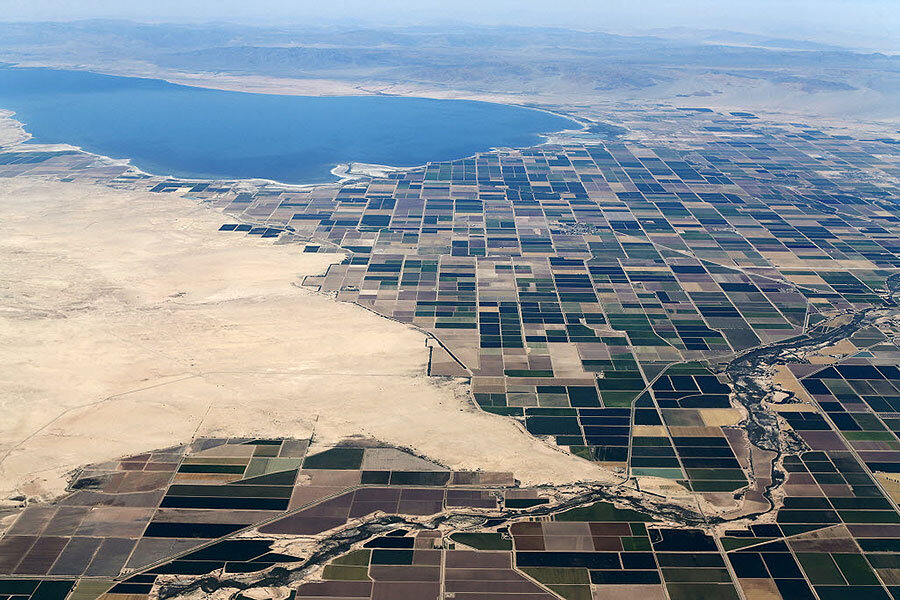New California fault line: A path to better earthquake models?
Loading...
Seismologists in California have discovered evidence of a new fault line that runs along the eastern edge of the inland Salton Sea, parallel to the infamous San Andreas fault (SSAF), according to research published this week.
Up until now the Salton trough fault (STF) managed to remain hidden, despite how well-surveyed and seismically active the state of California is, because it is underwater.
More research into the length of the fault will need to be conducted before the researchers can ascertain how dangerous it may be to the southern California region.
"Things like locations of the fault and expected magnitude at the fault are what's used to predict the maximum ground shaking a region can expect," Valerie Sahakian, a researcher with the U.S. Geological Survey and lead author of the study, told USA Today.
Published in the Bulletin the of Seismological Society of America, the study was conducted by seismologists from University of California, San Diego's Scripps Institution of Oceanography, and the University of Nevada, Reno's Nevada Seismological Laboratory.
During seismic experiments, the team found evidence of "extensional deformation" along the lake's shore – caused when pressure on rocks forces them to stretch – which the researchers believe points to a previously unknown fault. The fault may have been absorbing some of the strain on the San Andreas fault system, helping to explain why its southern section has not occurred for the last 300 years.
"The extended nature of time since the most recent earthquake on the Southern San Andreas has been puzzling to the earth sciences community," Graham Kent, a study coauthor and a Nevada State seismologist, said in a press release.
A better understanding of the STF would add to researchers' understanding of how the faults interact, which could help improve models used to prepare for earthquakes.
"To aid in accurately assessing seismic hazard and reducing risk in a tectonically active region, it is crucial to correctly identify and locate faults before earthquakes happen," Dr. Sahakian said.
In recent weeks, California has felt nearly 200 small earthquakes around the Salton Sea, which temporarily raised the risk of a larger quake.
"Any time there is significant seismic activity in the vicinity of the San Andreas fault, we seismologists get nervous," Thomas H. Jordan, the director of the Southern California Earthquake Center, told the Los Angeles Times, "because we recognize that the probability of having a large earthquake goes up."
According to Sahakian, however, the string of small earthquakes and the discovery of the new fault were unrelated.






